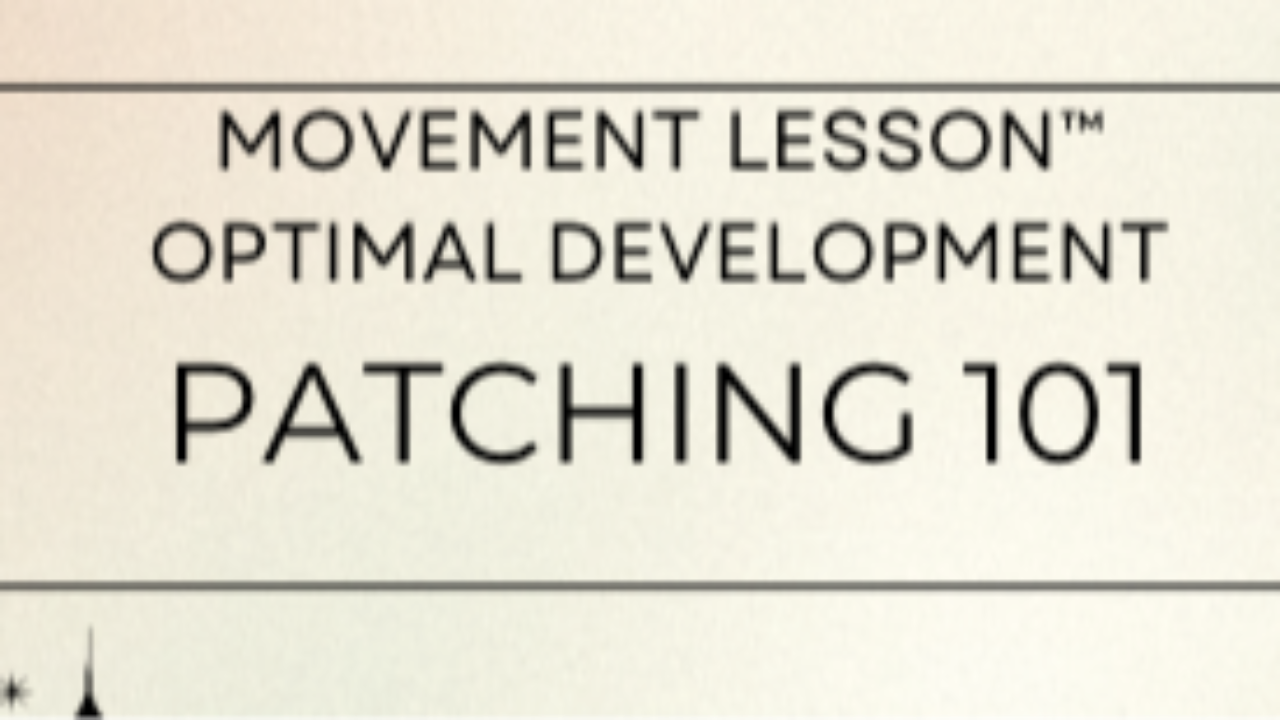Patching 101 - Help the Brain Learn Through Success, Not Strain
Get the eBook - Patching Basics 101
Movement Lesson™ — Vision Begins with Movement
Most people think “patching” means covering one eye so the other can catch up.
That old idea misses what vision really is.
At Movement Lesson™, we teach that vision isn’t about forcing an eye to work harder — it’s about showing the brain what successful sight feels like. When a child’s eyes move unevenly, their brain has no reference for organized vision. The world looks scattered, and the body moves that way too.
Through short, gentle sessions we use movement itself to awaken the visual system:
-Each eye learns to find and hold its center line of sight.
-The brain compares those experiences and discovers balance.
-Breathing steadies, posture softens, attention grows.
In just minutes a day, families begin seeing calm, coordinated eye movements — the first step toward clearer thinking, smoother motion, and deeper confidence. We call this Patching 101: Restoring Vision Through Comparison. Every success is more than visual; it’s neurological. When the eyes organize, the body follows. When the body organizes, the mind opens.
If you’ve been told your child just needs to “work harder,” come see why that’s not true. Patching 101 helps the brain learn through success, not strain.
Start Here: $7 Guide!
Outline:
Section 1: The Problem
-Traditional patching isolates the weaker eye and creates fatigue.
-Children struggle to “catch up” because the brain has no comparison for organized sight.
Section 2: The Movement Lesson™ Solution
-A neuroscience-based, gravity-aware method developed by Michelle M. Turner.
-Vision is restored through movement organization, not force.
-The process integrates ocular tracking, posture, breathing, and cognitive regulation.
Section 3: What Makes It Different
-Rooted in Turner’s Law of Biological Gravity: movement teaches cognition.
-Fast, measurable results — visible changes in 2 weeks.
-Adaptable for children with developmental delays or sensory processing disorders.
Section 4: What Parents & Practitioners Gain
-Step-by-step video instruction.
-Ongoing community and professional support.
-Tools for assessment and progress tracking at home.
Section 5: Call to Action
-“Teach your child not just to see, but to move through vision.”
